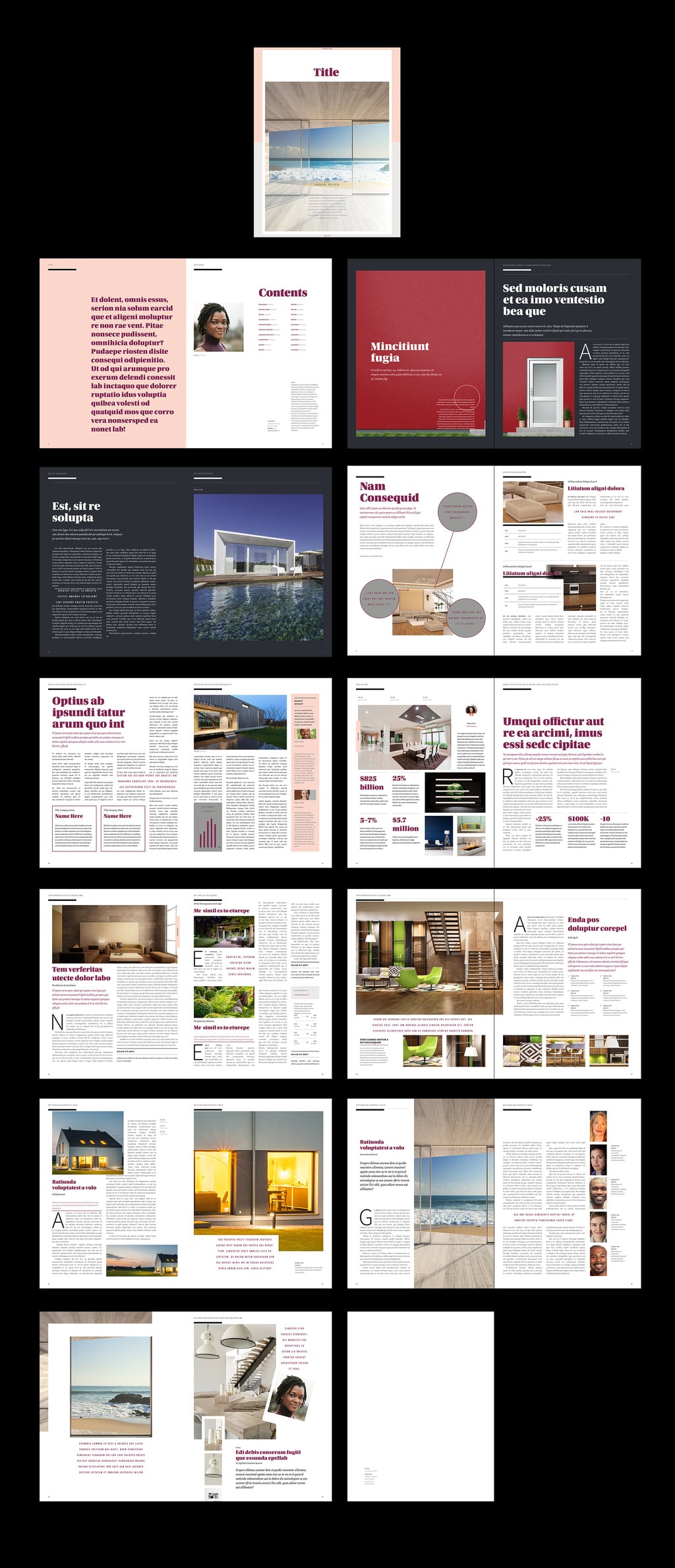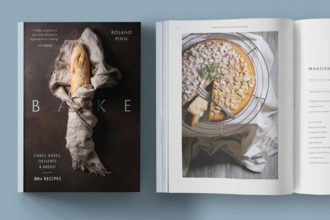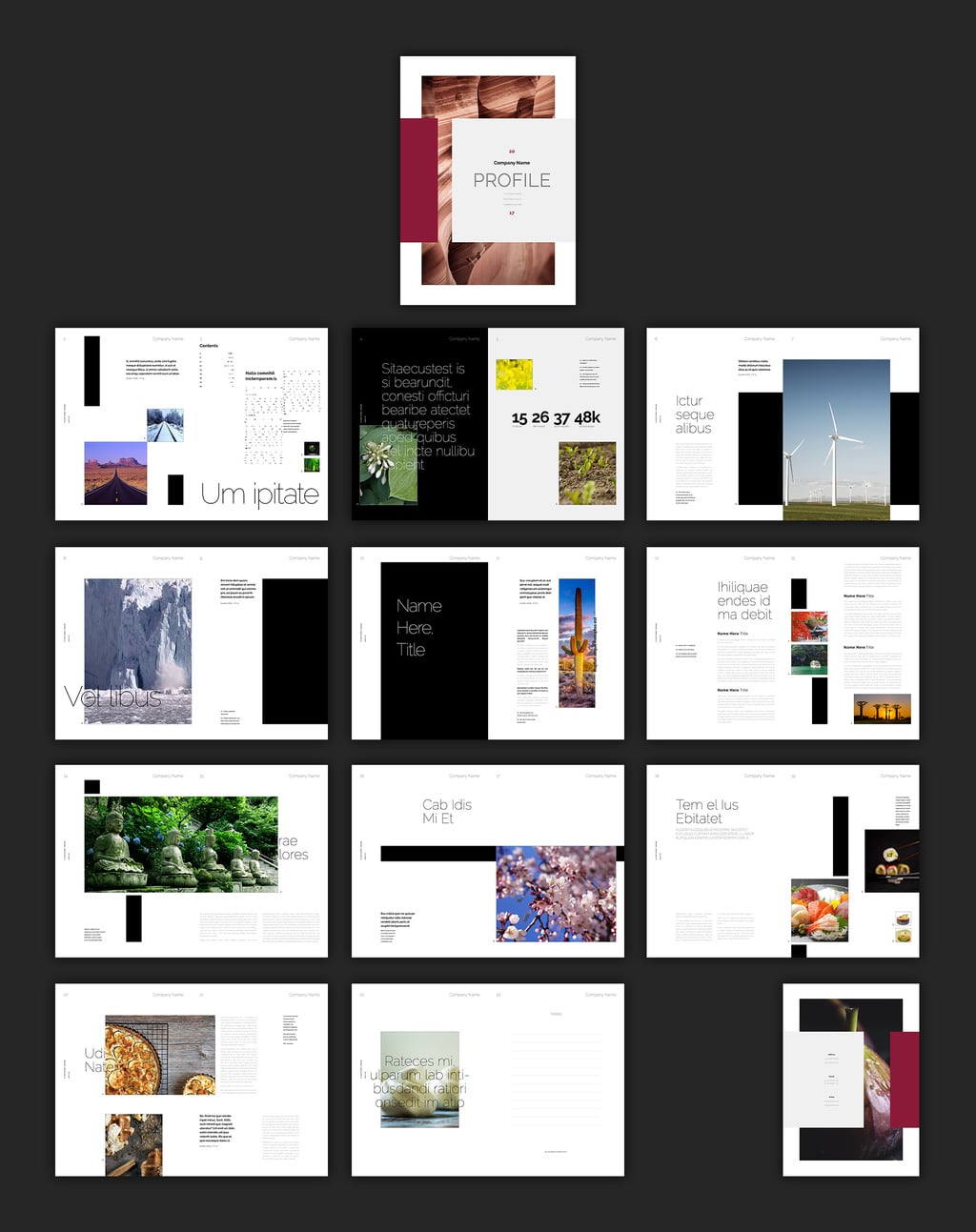

If you need help with converting files from InDesign to Word and brand consistency is paramount, then contact us. We’ll discuss that in more depth in a future post. The best way to convert an InDesign file to Word is to create a brand new template with all the design elements built in. If you need to convert your InDesign file for business purposes and brand consistency is key, then quality isn’t something you want to cut corners on. K eep in mind that this is a fairly rudimentary file conversion and it will not be a perfect replica. CautionĬonverting InDesign to Word in this manner will only result in an editable Word document. Nitro is a great PDF to Word converter that you can try free for 14 days. Then hit the Save button, and give it a few seconds to complete the conversion!ĭon’t have Acrobat Pro? No worries, there are several free tools just a Google search away. In the Save As dialogue, click on the Settings button to tweak attributes such as Layout Settings and Image Settings. In Acrobat Pro, go to File > Export To > Microsoft Word, and select Word document.

In the Save As menu, select Adobe PDF (Print) as your file format.

Open the file in InDesign and choose File > Export. However, it is possible to export your InDesign file using Acrobat and then save that as a Word document.

Microsoft Office is the standard for documents and presentations, with Word and PowerPoint being used by millions of businesses daily.Īs you may already know, there is no way to convert InDesign to Word directly. The thing is, while Adobe Creative Suite is the go-to for designers and branding agencies, most clients don’t have or even know how to use these expensive, complicated applications. "Donut holes" can be created by selecting multiple shapes and clicking the Exclude Overlap button in the Pathfinder Panel.Convert InDesign to Word, it’s a request most graphic designers have heard before – when your client says “actually, we’d like to be able to edit this file ourselves, can you give this to me in Microsoft Word?.To combine shapes, select the frames in the layout, then click the Add button in the Pathfinder section of the Pathfinder Panel. Multiple frames can be merged in various ways.To change the shape of a frame, select the frame in the layout, then click one of the shape buttons in the Convert section of the Pathfinder Panel.Go to the Window menu, scroll down to Object & Layout, and choose Pathfinder.The following four steps show how to make custom shapes with it in Adobe InDesign. The Pathfinder Panel is used to modify shapes in various ways. How to Make Custom Shapes Using the Pathfinder Panel in Adobe InDesign See Adobe InDesign: Tips and Tricks for similar articles.


 0 kommentar(er)
0 kommentar(er)
